#hunter gatherers
Text
According to consensus, prehistoric men hunted and women gathered. But evidence reveals that gendered labor roles did not exist in the Paleolithic era.
#Neanderthals#women#hunter gatherers#hunting#gender#prehistoric#Palaeolithic#ancient#history#ancient origins
46 notes
·
View notes
Photo

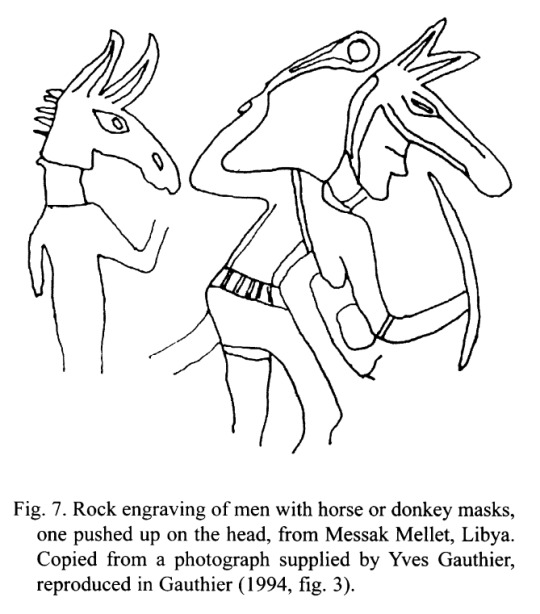


A feature of many groups like the San that include shamans is the wearing of the heads and skins of animals with which these people have a ritual relationship and on whose powers they draw. Animal or bird caps and/or masks and/or costumes are, or were, worn in a range of societies by ritual functionaries whose role is, or was, to mediate between the living and the spirit world, including the realm of the dead.
Animal masks and costumes covering the head and/or body of the wearer include masks made from the entire heads of donkeys (Fig. 7). Other costumes were made from the skin and head of a jaguar, with gloves made from their paws, so that the costumed person assumes the form of the animal (Saunders 1989) (Fig. 8). The ritual dress of Siberian shamans included masks with horns (Hoppall 1992), masks made of bears' heads with skin attached (Eliade 1964), wings hung from the shaman's shoulders (Eliade 1964; Waite 1966; Hoppall 1992), and a bird, such as a raven or eagle, on the head (Waite 1966; Hoppal 1992).
Bogoras (1909) relates a Koryak myth in which a woman transforms herself into a bear by putting on a bear-skin and describes the metamorphosis of trancing Chukchee shamans into animals, aided, in some cases, by their wearing the skin (including head and claws) of the animal concerned. The wild and uncontrolled behaviour of the shamans described by Bogoras (1909) is similar in many respects to that exhibited by San trancers, which suggests that the Chukchee described here went into trance with the aid of animal masks and dress:
“The shamans also imitate the voices of animals and birds, stamp ground with their feet, and jump about violently, foaming at the mouth, and even breaking such things as may come within reach of their hands. A shaman whose body is entered by a (spirit) loses the faculty of human speech, and may express his wishes either by gestures or by gibbering, unintelligible noises. He crawls on all fours, grunting and gnashing his teeth. I was told several times that some of the shamans even put on a bear or a wolf skin, taken off with the claws and the skull.”
(Bogoras1909:442)
Therianthropes in San Rock Art by Pieter Jolly
#shamanism#shaman#anthropology#archaeology#petroglyphs#san people#rock art#masks#ritual#transformation#therianthropes#therianthrope#zoomorphism#trance#animals#south africa#hunter gatherers#animal costumes
83 notes
·
View notes
Text
youtube
Hunter should've kept the tits at least
15 notes
·
View notes
Text

Kemmelberg - Earliest Humans (Part 4): the hunter-gatherer age gradually came to an end as the Neolithic farming revolution swept across Europe.
#history#historyfiles#belgium#archaeology#hillfort#kemmelberg#humans#early farming#hunter gatherer#hunter gatherers#neolithic#europe
3 notes
·
View notes
Text

The average [hunter-gatherer] . . . had a diet and a work life, much more varied than the typical English worker of 1800 . . . [H]unter-gatherer societies are egalitarian . . . [and] [m]aterial consumption varies little across [their] members. In contrast, inequality was pervasive in the agrarian economies that dominated the world in 1800
From the book The new human rights movement of peter Joseph
4 notes
·
View notes
Text
0 notes
Text
A study conducted by TraceoLab at the University of Liège reveals the existence of long-distance weaponry 10,000 years earlier than previously estimated.
The hunter-gatherers who settled on the banks of the Haine, a river in southern Belgium, 31,000 years ago were already using spearthrowers to hunt their game.
The spearthrower is a weapon designed for throwing darts, which are large projectiles resembling arrows that generally measure over two metres long.
Spearthrowers can propel darts over a distance of up to eighty metres. The invention of long-range hunting weapons has had significant consequences for human evolution, as it changed hunting practices and the dynamics between humans and their prey, as well as the diet and social organisation of prehistoric hunter-gatherer groups.
The date of invention and spread of these weapons has therefore long been the subject of lively debate within the scientific community
0 notes
Text
Is civilisation inevitable
230702
I’m in a talk right now about anthropology and particularly the transition to agriculture and patriarchy. It’s got me thinking about the brain traps that I’ve gotten stuck in. There’s some obvious ones that I hope doesn’t apply to me that amount to biological determinism. I might come back to that.
The main one that I’m thinking about is the idea that agriculture and settlement are…
View On WordPress
#civilisation#fantasy#hunter gatherers#posting about writing#rambling about politics#rambling about society#rambling about writing#Writing
0 notes
Text
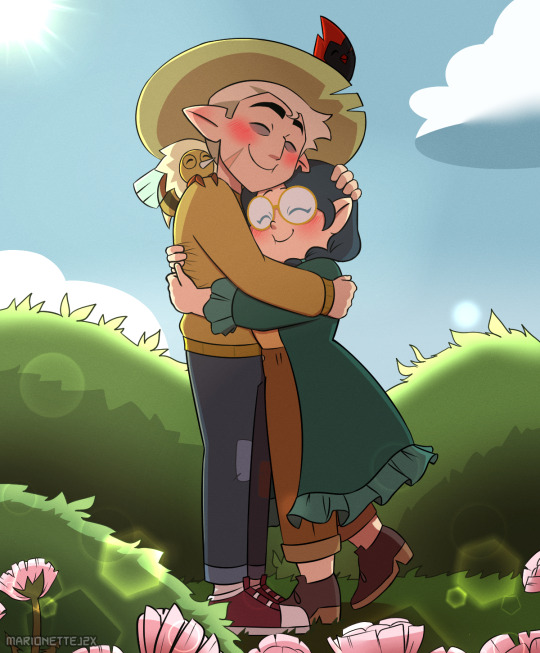
The Perfect Shade... ☀️
'cause you know he's a tree and- //gets slapped-
#this wip has been gathering dust since last year and i could finally finish it oughhhh-#toh#the owl house#the owl house s3#the owl house season3#the owl house season 3#toh huntlow#huntlow#toh hunter#toh willow#toh hunter noceda#toh willow park#toh winter#toh wintery junk#hunter x willow#hunter noceda#willow park#digi art#digital art#my art#mj2x#marionettej2x#toh thanks to them#toh s3#toh season 3#toh clover#toh flapjack#toh palismen
5K notes
·
View notes
Text
PARABLE OF A CAVE
PARABLE OF A CAVE
“He will require to grow accustomed to the sight of the upper world… first, he will see the shadows best” —Socrates via Plato
The image shows a dark cave. Outside the cave, it is twilight. Inside it, on a wall half-lit by a small oil lamp (or a hanging incandescent bulb, or some light source cropped out) we see drawing of bulls a la Picasso (or Trois Freres cave’s therianthropic (half…

View On WordPress
#allegory#allegory of the cave#alley oop#art#Bukowski#Charles Horton Cooley#consumer capitalism#d w winnicott#hunter gatherers#megaliths#parable#plato#prehistoric cave painting#standing stones
0 notes
Text
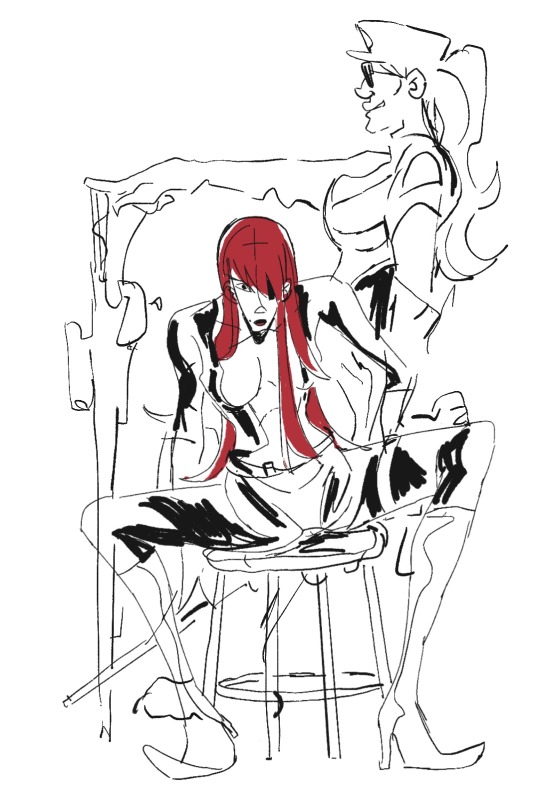
We could have had it all
Image description in alt text.
#venture bros#the venture bros#molotov cocktease#hunter gathers#the black hearts#sketch#digital art#procreate
276 notes
·
View notes
Text
Prompt 268
Fright Knight sighs, running a clawed hand through his hair in an attempt to stop the flames from flickering into being. It had been far too long since he had taken a human-ish form. His human-ish form. Ugh. He didn’t exactly care for his human form after so long as a ghost, but needs must he supposed.
Especially with the whole, we’re going to punch a backdoor into the literal daycare part of the Infinite Realms and be surprised when literal toddlers go exploring.
Well, at least it got him off of guard duty for a bit, which was relieving. Not that he didn’t love the darkness, but it got boring in the shadow of his sword for literal centuries with nothing else happening. He was a warrior for Realm’s sake! Borderline an Ancient in both power and age! He wasn’t meant to stay so still for so long.
So while ghostling wrangling wasn’t exactly in his area of expertise, he could definitely gather them back up to the Realms. And deal with the curs who had decided to attack literal babies.
The Daycare area was already understaffed due to just how large it was, and the one in charge of this section had practically sobbed to the Council (In another world they would have been put on hold for a century in line for their concerns, and then more once a Sarcophagus was opened, but they had told the other ghosts in distress, causing others to let them go up in said line) how they were almost certain they had felt at least one core form Outside the realms thanks to the breach.
Which had understandably put everyone at an uproar.
So here he was slipping between shadows to do reconnaissance and take stock of if any Ghostlings had left the city. And gently scruffing those he comes across in exasperation because what are you doing, ghostling? Look at the mess, what would your caretaker say?
#Danny Phantom#Prompts#Fright Knight#Shadow Core Fright Knight#Space Core Danny#Very fae-elf vibes for FK’s human-ish form#POV you’re an Amity Parker & this Tank of a man (being?) appears & grabs the ghost & scolds them like a child#Yes this includes Phantom#FK: Where is your caretaker ghostling?#Phantom (ready to fight & very wrong-footed now): My what#FK:#FK: oh no Sir Yaya was right this ghostling is newly formed-#Ghost Hunters: *Shooting*#FK with an armful of ghostlings: Were it not for the presence of literal infants I would kill you where you stand &#trap you in your worst nightmare for eternity while your body decays around you#Let FK have glowy tattoos i beg of thee#FK returning to the Zone to find another toddler (Vlad) that also formed Outside & also sickly at the Keep: I am going to scream#Accidental Dad Knight#More like the preschool teacher gathering up everyone from a field trip lol#Nightmare has bags on her side to carry the ghostlings in but several won't let go of FK now that they've been shot at again#Kerian “Rian” Fright Knighte: *So close to fighting the humans even with the Rules*
264 notes
·
View notes
Text
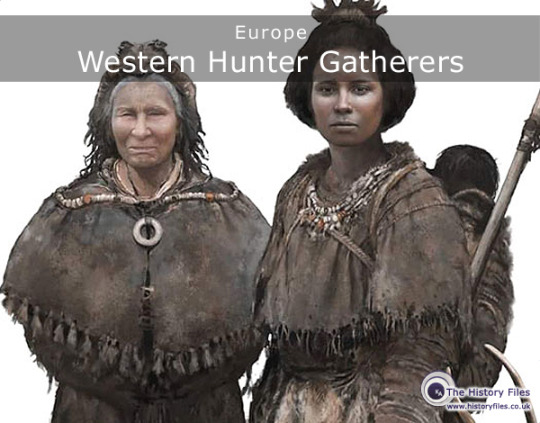
WHGs: from the early Holocene onwards (starting around 9700 BC), western and Central Europe was inhabited by a genetically-distinct group of hunter-gatherers - WHGs.
#history#historyfiles#archaeology#hunter gatherers#palaeolithic#europe#european history#old europe#holocene
1 note
·
View note
Text
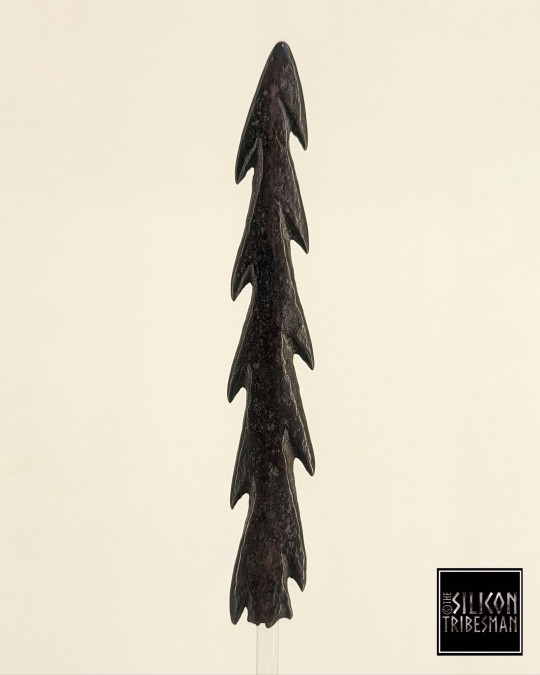
Mesolithic Harpoon Head, 4500 BCE, Stewartry Museum, Kirkcudbright, Dumfries and Galloway, Scotland
This is a 6500 year old harpoon made from a Red Deer antler and found in the River Dee. It is of a similar type of harpoon to those found in Mesolithic caves or rock shelters near Oban. This piece has been carbon dated to around 4500 BCE.
#ice age#stone age#bronze age#copper age#iron age#prehistoric#neolithic#prehistory#mesolithic#paleolithic#chalcolithic#ancient cultures#hunter gatherer#harpoon#antler#natural#ancient craft#relics#settlement#archaeology#Kirkcudbright#stewartry museum
341 notes
·
View notes
Text

since mobility was essential, hoarding property or basing identity on material possessions would have been impractical. The very idea of “property rights,” which underscores modern economics and in many ways our society itself, really didn’t exist in hunter-gatherer culture.57If we were to put these concepts in modern terms, hunter-gatherers had a gift economy in their communities, where they shared with no expectation of reciprocation. In fact, there are stories of outsiders being given handcrafts from existing tribes, only to feel the need to give something in return, as many in modern culture do. This reciprocal behavior was considered offensive by the tribe, as they felt the “exchange” was a refusal of friendship
From The book: the new human rights movement of peter Joseph
3 notes
·
View notes